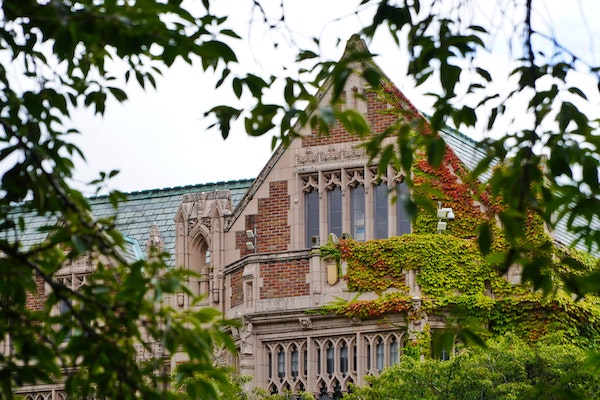34TH ANNUAL INDIAN LAW SYMPOSIUM RESTATEMENT OF THE LAW OF AMERICAN INDIANS APRIL 21, 2022
INTRODUCTION
I’ve been asked to talk about and give some reflections about the Restatement project. And I’m going to start by telling a story about my family. I’m a descendant of a man named Leopold Pokagon. He is the namesake for which the Pokagon Band of Potawatomi Indians here in Michigan is named. He’s a great, great, great grandfather of mine. I don’t know how many greats, but several. And also, just a legendary figure. There are many stories about Leopold. He’s the reason that the Pokagon Potawatomi Nation is not either terminated, extinguished, or residing somewhere in Iowa or Oklahoma. He was a true leader in that he saved his tribe from removal to the West. From extinction really. His name is sort of anglicized, it doesn’t sound like Pokagon. There’s a funny story about his name, which is that it was a nickname and from some telling, not a real generous nickname. The word Pokagon comes from, in the Potawatomi, Poké-igan, which means rib. And it seems odd to call somebody rib. But think about what a rib does, where it’s located on the human body. It’s a shield. It’s a shield protecting primarily the heart and lungs. And if you look at the image behind me, which is an Anishinaabe image representing the seven clans. Seven clans of Anishinaabe people, they’re all connected by those little strings, and you can see the little red dots. Those are the heart. That’s the démen, the heart, which is also the same word for strawberry because they kind of look the same and that’s what he was known for. He was a protector. And when I think about the Restatement, I think about what work a rib does. One of the goals that we had, when we moved forward with this project, was to highlight the duty of protection, in some respects, to protect Indian law. And to elevate what we know is the trust responsibility as more legalistic, highly symbolic, and enforceable trust duty. We got to know a lot of people over this period of time. We drew upon friendships. We leaned heavily on people to work on this thing with us. It was a 10-year project and I never thought I would be saying I’d be working on something for 10 years because my attention span is so short. Eric said I finished the project quickly because if I didn’t finish it right away, it would never get done.



